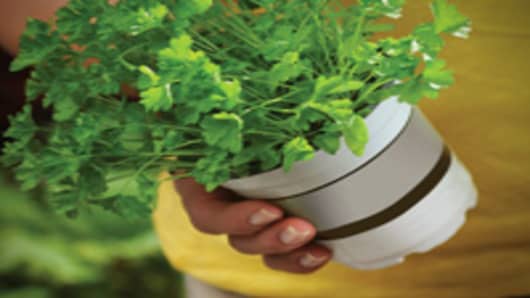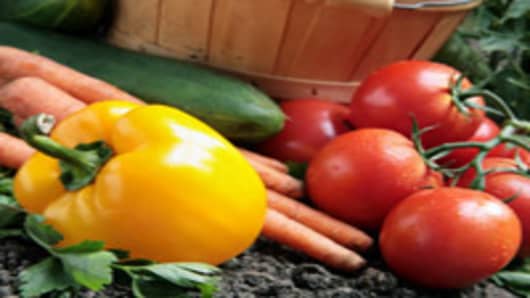"You can take it and serve it up with no middle man," she says. "There is something very satisfying about that. Especially at a time when people feel that there is not that much control over what is going on in [their] lives."
That may explain why there's also an increased demand for a wider array of vegetables. Jill LaVigne, a buyer for the Great Outdoors Nursery in Austin, Texas, says he's even having trouble keeping formerly less popular vegetables like sweet potatoes in stock.
"It's anything and everything edible," LaVigne says. "If you can eat it, people want to buy it."
She's even getting customer requests for little-known vegetables such as beetberry and lamb quarters.
Both requests are a little odd. Beetberrylooks pretty in a salad because it has bright red berries, but neither the berries nor the leaves have much taste. Lamb quartersgrow like weeds naturally in the Austin area.
"If they go home and look around their yard, they'll probably find it," LaVigne says. She actually cooked up some that she found growing wild in her backyard.
"It was tasty," she admits. "But I guess anything is if you sautee it with butter and garlic."
But tomatoes remain a favorite, according to Jessie Atchison, a spokeswoman from Burpee Home Gardens.
Burpee and other seed companies are mindful of the need to help more inexperienced gardeners be successful with their plants in order to keep sales growing into next year. One way Burpee is doing that is through garden kits that combine plants needed to grow specific foods.
The companyhas a test market in Texas for a salsa kit that has been very successful so far. The kit helps gardeners grow all the ingredients needed to make salsa at home. The idea for the product sprang from last year's salmonella scare, which hurt the nation's tomato crop.





